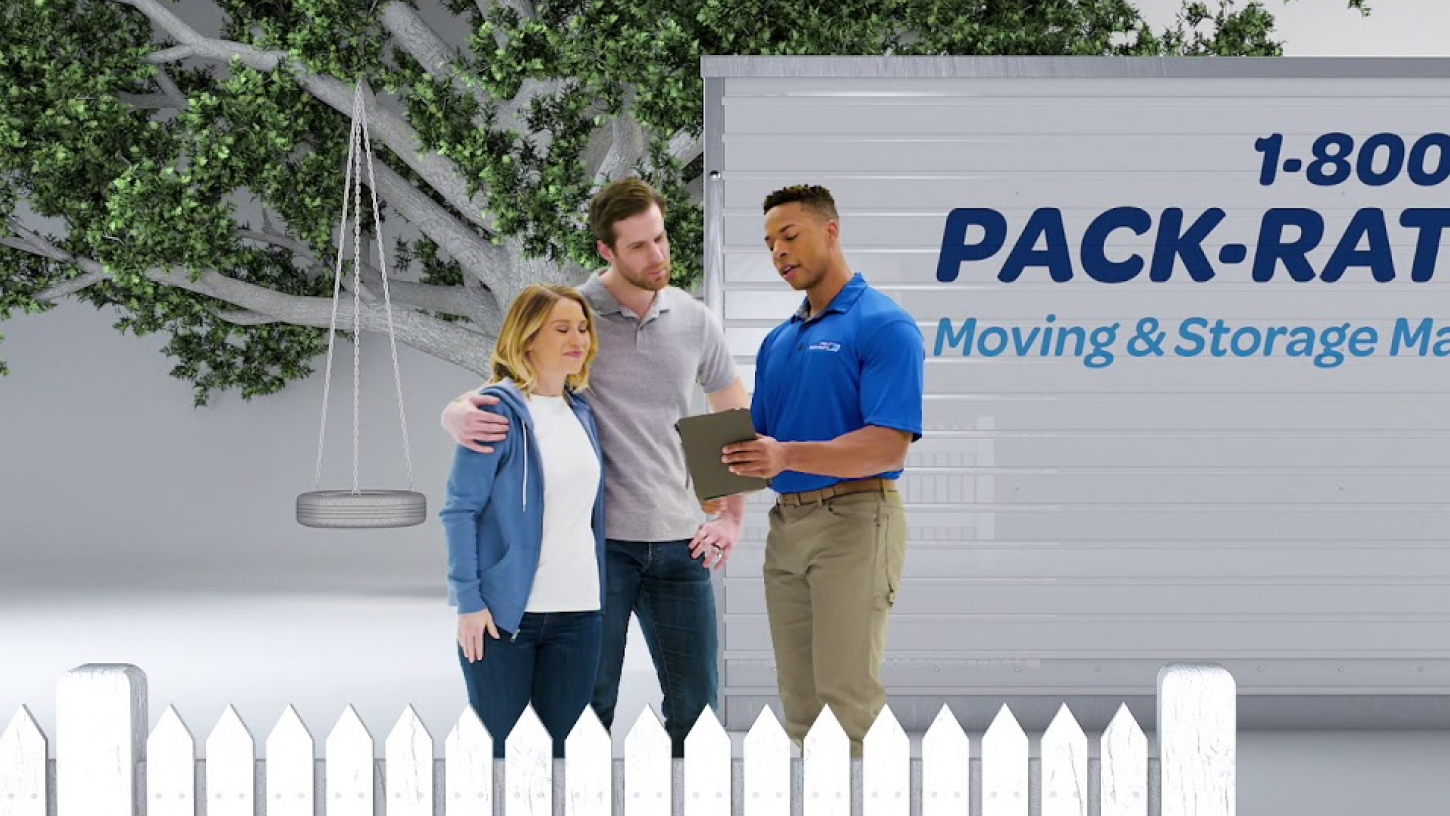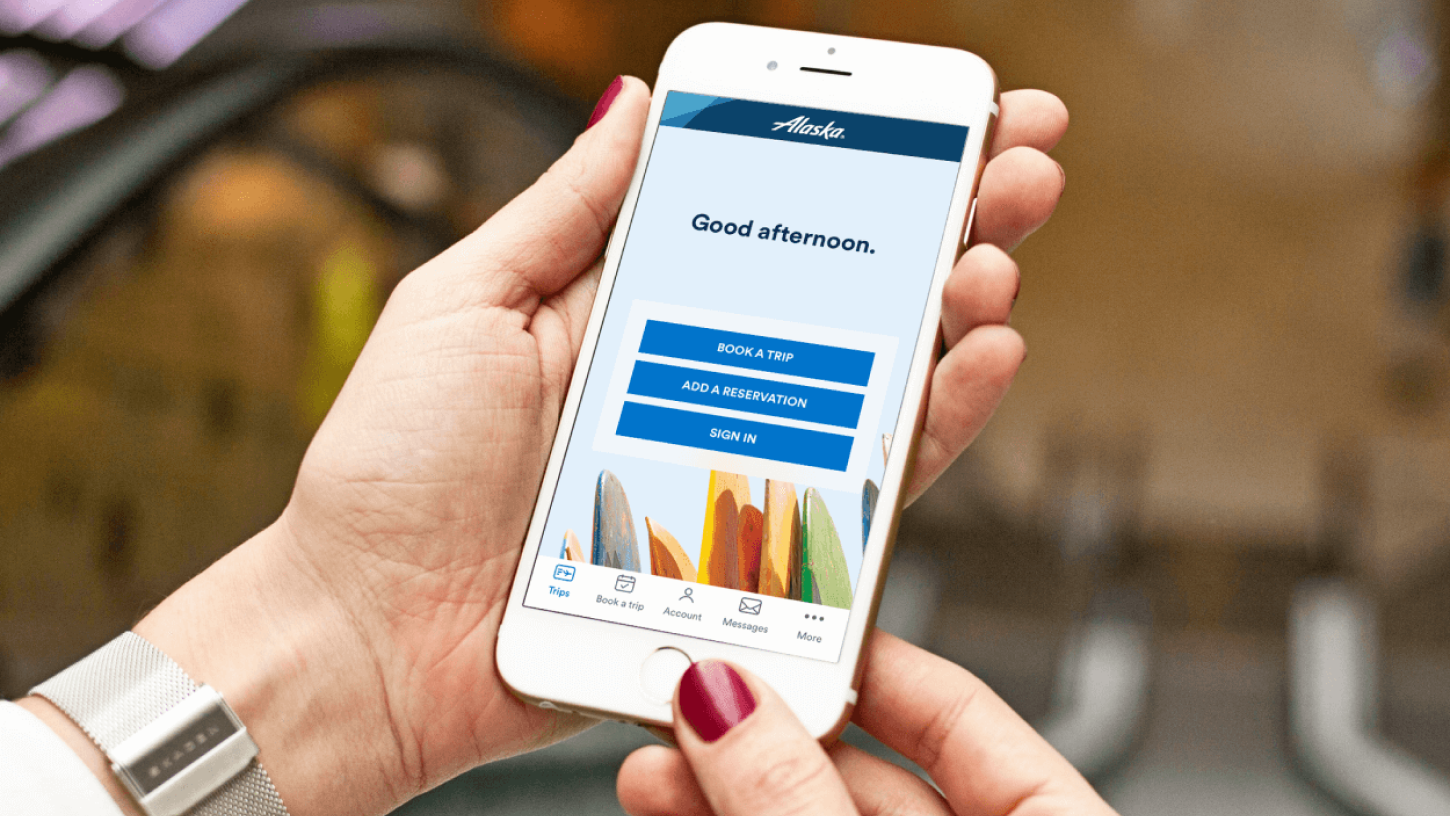
Transportation
Travel & hospitality
Iberia Airlines + UserTesting
Iberia Airlines boosts CX by scaling research with UserTesting, creating a centralized hub and driving insight-led innovation across the organization.
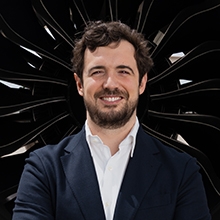
Our partnership with UserTesting has been instrumental in accelerating Iberia’s transformation into a more customer-centric organization through research.
Martín Beitia
Head of Innovation, Design & Research, Iberia Airlines

About the company
Madrid-based Iberia Airlines has been flying from Spain for 98 years with the purpose of generating prosperity by connecting people with the world. It is the leading airline for flights between Europe and Latin America, offering direct flights to 18 destinations in 16 countries in the region. Together with Iberia Express and Iberia Regional Air Nostrum, it operates a fleet of 166 aircraft and offers flights to around 50 countries worldwide from its hub at Madrid Airport. It is part of the IAG airline group, the first in the world to commit to achieving net zero emissions by 2050 and to operating with 10% sustainable aviation fuel by 2030. In 2024, Iberia was the second most punctual airline in Europe and the eighth in the world.
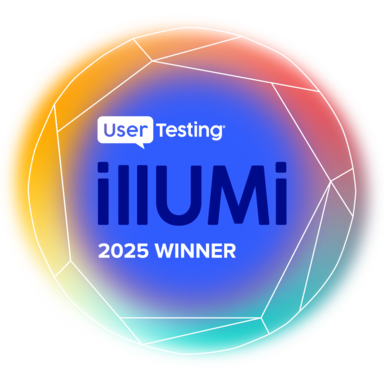
Get started now
Contact Sales- 95%Research projects driving improved decision making
- 9.3Average satisfaction score
- 600+Employees actively engaged with customer insights
Iberia Airlines had long recognized the importance of customer-centric decision-making in the development of its digital products and services. The company had already established internal capabilities for user research and had been producing valuable insights to guide product, design, and CX teams. However, as the ambition to scale research grew, Iberia identified an opportunity to increase the speed, consistency, and impact of its research practice across the organization.
One key challenge was improving access to real-time customer feedback at early stages of product development, and ensuring that qualitative insights could flow more freely across functions. Although insights were already being generated, they were sometimes siloed or not fully integrated into broader business decisions—creating a risk of misalignment between teams and missed opportunities to optimize the customer journey.
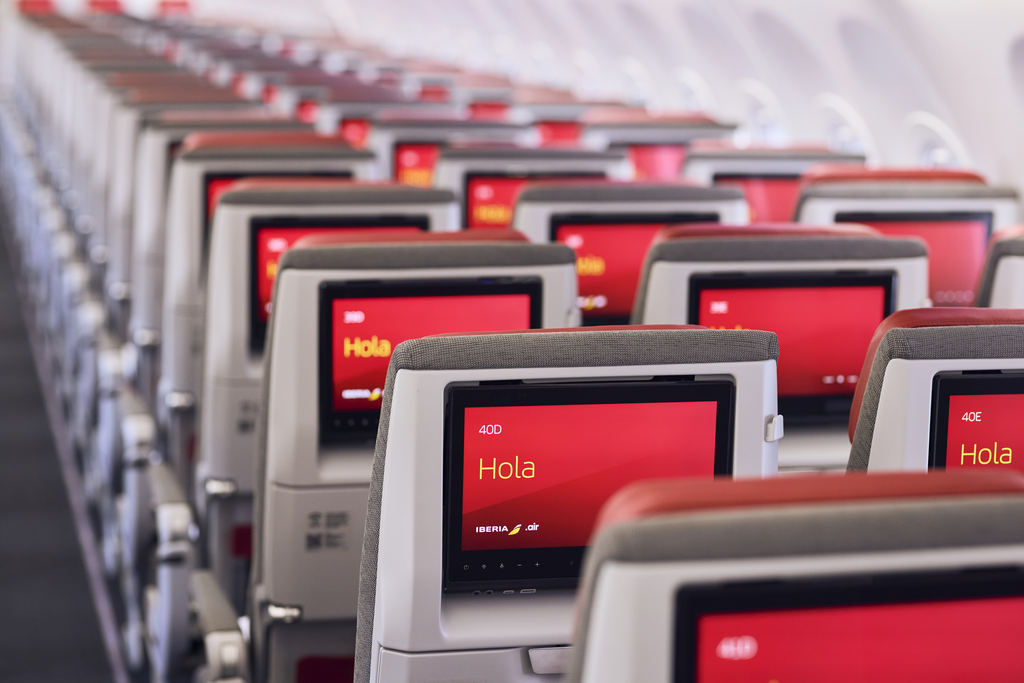
To strengthen its customer-centric culture and bring insights closer to decision-making Iberia launched its Research Hub—a centralized, cross-functional repository powered by insights gathered through UserTesting. The Hub became a bridge between research and business teams, making it easy to access, share, and act on customer feedback.
With over 60 research reports produced annually, the Hub ensured that customer perspectives weren’t just collected, they were consistently integrated into co-design processes and strategic decisions across the business.
As part of this broader strategy, Iberia adopted UserTesting to enhance its research operations—especially in the areas of discovery, usability, and rapid validation. The platform complemented existing research methods, helping teams accelerate learning cycles and make faster, more confident decisions.
Key ways Iberia leveraged UserTesting included:
- Testing concepts and prototypes before launch
- Quickly recruiting participants in key markets like Spain, the UK and Mexico
- Validating market-specific assumptions with real-world feedback
- Sharing insights in real time through the Research Hub
Customer insights were distributed widely across the organization through monthly prioritization meetings with directors, team check-ins, and a recurring research newsletter, helping establish a culture of continuous, customer-informed improvement.
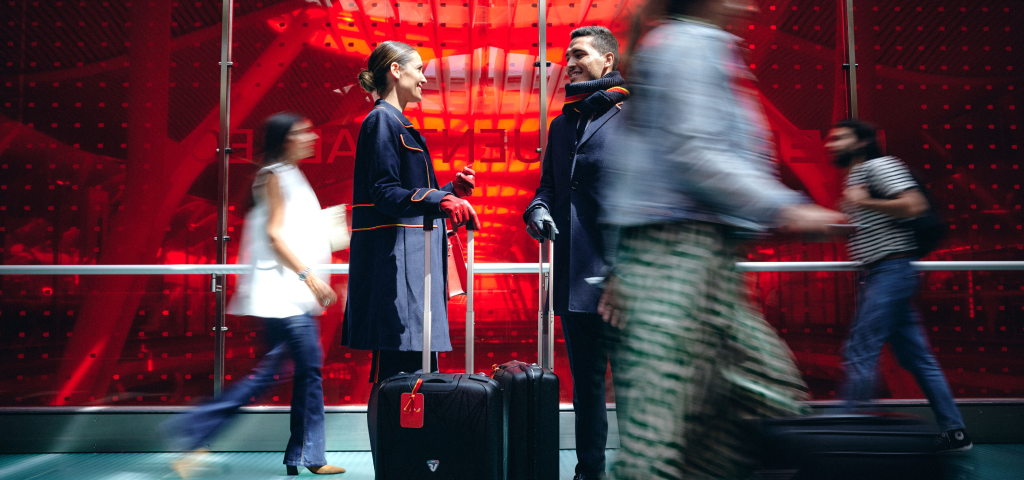
Iberia’s journey toward a more insight-led organization has had a measurable and lasting impact—reshaping not only individual product and service decisions, but also the airline’s broader approach to customer experience.
By centralizing research through the Research Hub and integrating tools like UserTesting into daily workflows, Iberia enabled over 600 employees to actively engage with customer insights. This widespread adoption led to 95% of research projects driving improved decision-making, backed by an impressive 9.3 average satisfaction score across studies.
These insights translated into tangible business outcomes:
- In the LATAM market, Iberia redefined its value proposition to better align with customer expectations—ensuring better alignment with regional expectations and competitive positioning.
- Customer feedback directly influenced enhancements to onboard services, including updates to food offerings and service protocols, elevating the in-flight experience.
- Baggage management policies were adjusted to better reflect real-world needs, improving clarity and reducing friction for travelers.
- The team also redesigned customer communications, resulting in clearer, more effective and more empathetic messaging tailored to different stages of the journey.
Beyond individual touchpoints, Iberia developed a long-term, insight-driven customer experience strategy, anchored by a competitive tracking system that measures progress across digitization and sustainability initiatives. This framework ensures Iberia can continuously monitor performance and uncover opportunities to lead in innovation across the airline industry.
“Our partnership with UserTesting has been instrumental in accelerating Iberia’s transformation into a more customer-centric organization through research," Martin Beitía, Head of Innovation, Design & Research, Iberia Airlines. "While we had already built strong internal research capabilities, UserTesting helped us scale faster, test earlier, and connect insights more directly to product and business decisions. It’s not just a tool—it’s a strategic ally that helps us bring the voice of the customer into every corner of the organization. The integration of human insight has not only improved customer satisfaction—it’s helped drive strategic alignment across the business.”

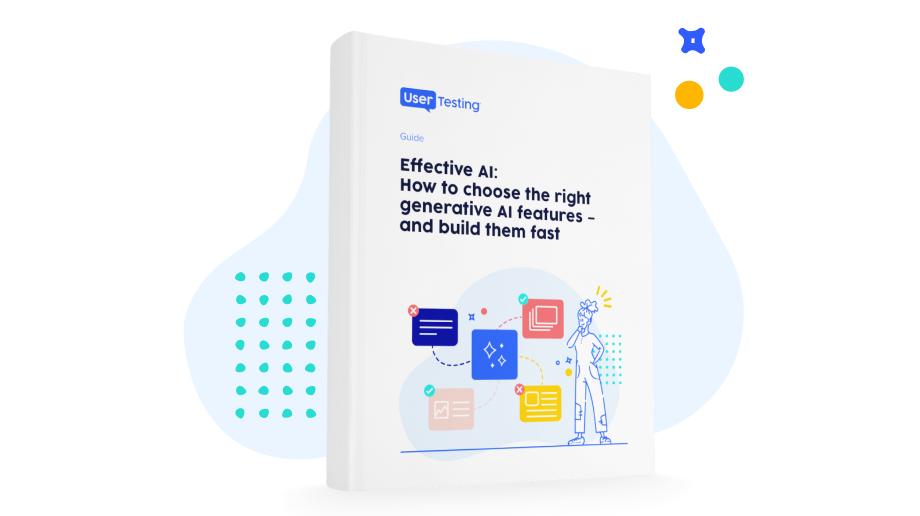
How to choose and develop the right AI features
Get actionable steps to help you get your AI development right on the first try.

